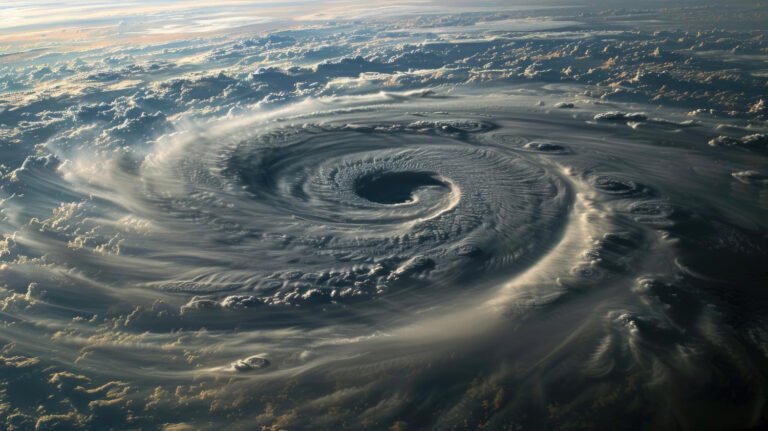Climate Change and Gender Assumptions
Gender plays a crucial role in how people experience and respond to climate change, particularly in developing countries. A recent review in Nature Climate Change by Jacqueline Lau, Pip Cohen, and Sarah Lawless highlights the persistence of unhelpful assumptions about gender in climate change policy and research. These assumptions hinder the pursuit of gender equality, leading to misdiagnosed issues and ineffective strategies. Here are the four most common assumptions and ways to move beyond them.
Assumption 1: Gender Equality is a Women’s Issue
Many climate change policies and projects frame gender equality as an issue solely concerning women. For instance, a 2015 analysis of the United Nations’ REDD+ schemes found that gender equality was often defined simply by women’s participation in pilot projects, which generally meant passive involvement. These approaches ignored the importance of giving women a voice in decision-making about project design and implementation.
Assumption 2: Women and Men are Homogeneous Groups
Gender groups are often treated as uniform, overlooking significant internal differences. For example, older widows have different needs from younger, unmarried women, and men from different economic backgrounds also face distinct challenges. A 2019 analysis of 155 policy documents found that climate change policies often overlooked these differences, thereby missing opportunities to increase resilience. In Mali, for example, climate information was mostly useful only to about 15% of men, highlighting the narrow targeting of initiatives.
Assumption 3: Women are Innately Caring and Connected to the Environment
Climate change work continues to frame women as inherently more “in touch” with the environment, due to their domestic roles like water collection and firewood gathering. This assumption places the burden of environmental stewardship disproportionately on women, increasing their workload without proper compensation. In Burkina Faso, a REDD+ program assumed that women would naturally participate in labor-intensive projects without considering their voice in negotiations, leading to exploitation of their labor.
Assumption 4: Gender Equality is a Numbers Game
Climate projects often measure gender equality through the participation of women in forums or activities, assuming that having an equal or greater number of women is sufficient for equality. However, a study in India found that women, despite being present in decision-making groups, had little influence on decisions. True gender equality goes beyond numbers; it requires strategies that support women’s rights, voices, and meaningful engagement.
Three Ways Forward
1. Be Specific About Gender Equality Goals
Organizations need to be specific about their gender equality goals—whether they aim to reach, benefit, or empower. Each goal has different measures and outcomes. Precise objectives can help develop more impactful interventions.
2. Separate Gender Data and Research
Research must separate gender data and critique existing assumptions about gender roles. This is a critical step in accurately evaluating and communicating findings related to gender and climate action.
3. Address Structural Barriers to Gender Equality
Organizations must invest in understanding and challenging the structural barriers to gender equality, such as differences in property rights, education, and livelihood opportunities. More resources, better gender training, and longer timelines are needed to truly achieve gender equality in climate initiatives.
Conclusion
Addressing climate change requires a nuanced understanding of gender that goes beyond stereotypes and assumptions. The pursuit of gender equality in climate action needs to be informed, inclusive, and capable of tackling structural inequalities. As the impacts of climate change intensify, it is vital to ensure that gender equality efforts are both serious and well-supported, from local communities to global leadership.
Important Points
- Gender equality in climate action is often misrepresented as solely a women’s issue.
- Gender groups are treated as homogeneous, overlooking differences within genders.
- Women are frequently depicted as inherently more caring about the environment, leading to an unfair burden of responsibility.
- Gender equality is mistakenly equated with equal representation, rather than meaningful engagement.
- Achieving true gender equality requires specific, well-defined goals, targeted research, and dismantling structural barriers.







